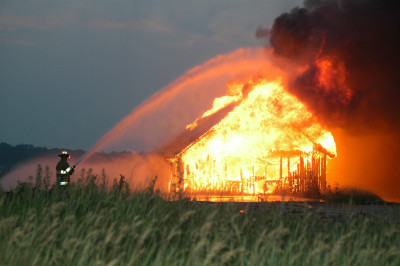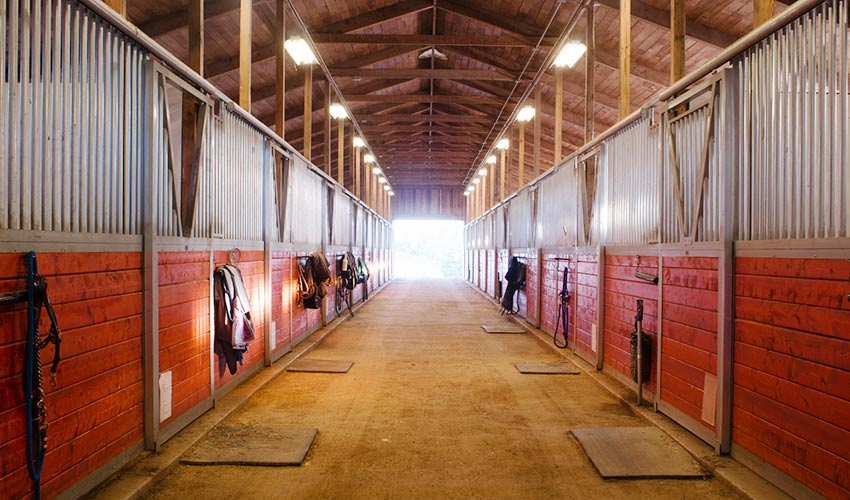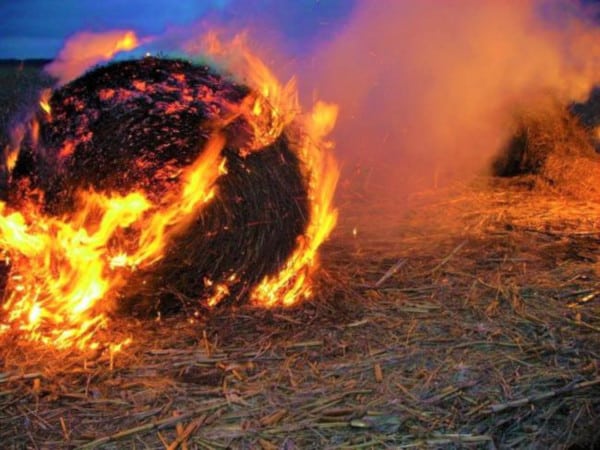Fire Safety in Horse Barns: Prevention and Planning

Ensuring fire safety in horse barns is crucial to protect both the animals and property. Fires in barns can spread rapidly due to the presence of flammable materials like hay, straw, and wooden structures. This article covers essential prevention strategies and planning tips to minimize fire risks and prepare for emergencies.
Why Fire Safety Matters in Horse Barns

Horse barns are particularly vulnerable to fires because of the combination of combustible materials and the presence of animals that need safe evacuation. A fire can cause devastating losses, including injury or death to horses, damage to facilities, and financial setbacks.
Key Fire Prevention Strategies

| Prevention Measure | Description |
|---|---|
| Regular Electrical Inspections | Faulty wiring is a common cause of barn fires. Schedule inspections to identify and fix issues. |
| Proper Storage of Flammable Materials | Store hay, straw, and feed away from heat sources and in well-ventilated areas. |
| Maintain Cleanliness | Remove dust, cobwebs, and debris that can fuel fires. Keep aisles and exits clear. |
| Use Fire-Resistant Materials | When building or renovating, choose fire-resistant roofing, siding, and insulation. |
| Install Smoke Detectors | Early detection can save lives and property. Place detectors in strategic locations. |
Planning for Fire Emergencies
- Develop an Evacuation Plan: Create a clear, practiced plan for safely evacuating horses and people.
- Install Fire Extinguishers: Place them in accessible locations and ensure staff know how to use them.
- Train Staff and Volunteers: Regular fire drills and training sessions improve readiness.
- Create Emergency Contact Lists: Include local fire departments, veterinarians, and barn owners.
Additional Safety Tips
- Avoid smoking in or near the barn.
- Use electrical equipment designed for barn environments.
- Keep fire lanes clear for emergency vehicles.
- Regularly inspect heating equipment.
Frequently Asked Questions (FAQ)
Q1: How often should electrical inspections be done?
A1: At least once a year, or more frequently if the barn is older or has had electrical issues.
Q2: What type of fire extinguisher is best for barns?
A2: A multi-purpose (ABC) extinguisher is recommended as it can handle different types of fires.
Q3: How can I safely store hay to reduce fire risk?
A3: Store hay in a dry, well-ventilated area away from heat sources and avoid stacking it too tightly.
Q4: What should be included in an evacuation plan?
A4: Clear exit routes, designated safe areas, roles for staff, and regular practice drills.
Conclusion
Fire safety in horse barns requires a combination of prevention, planning, and education. By implementing these strategies, barn owners can protect their animals, property, and peace of mind.
This detailed guide aims to help barn owners and caretakers create safer environments and be prepared for emergencies.
